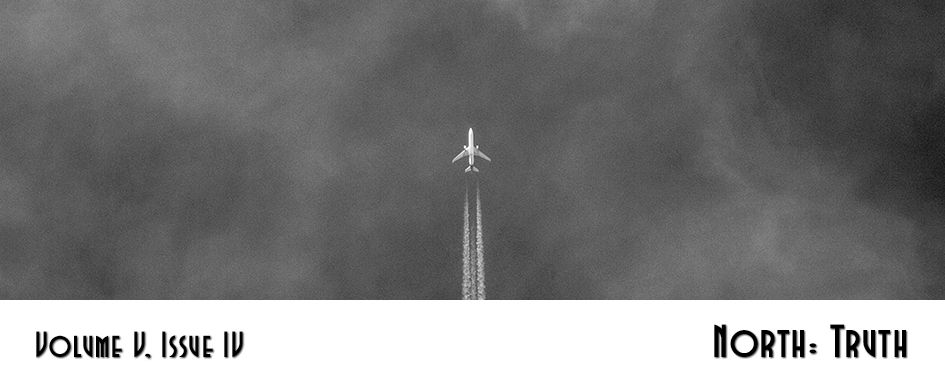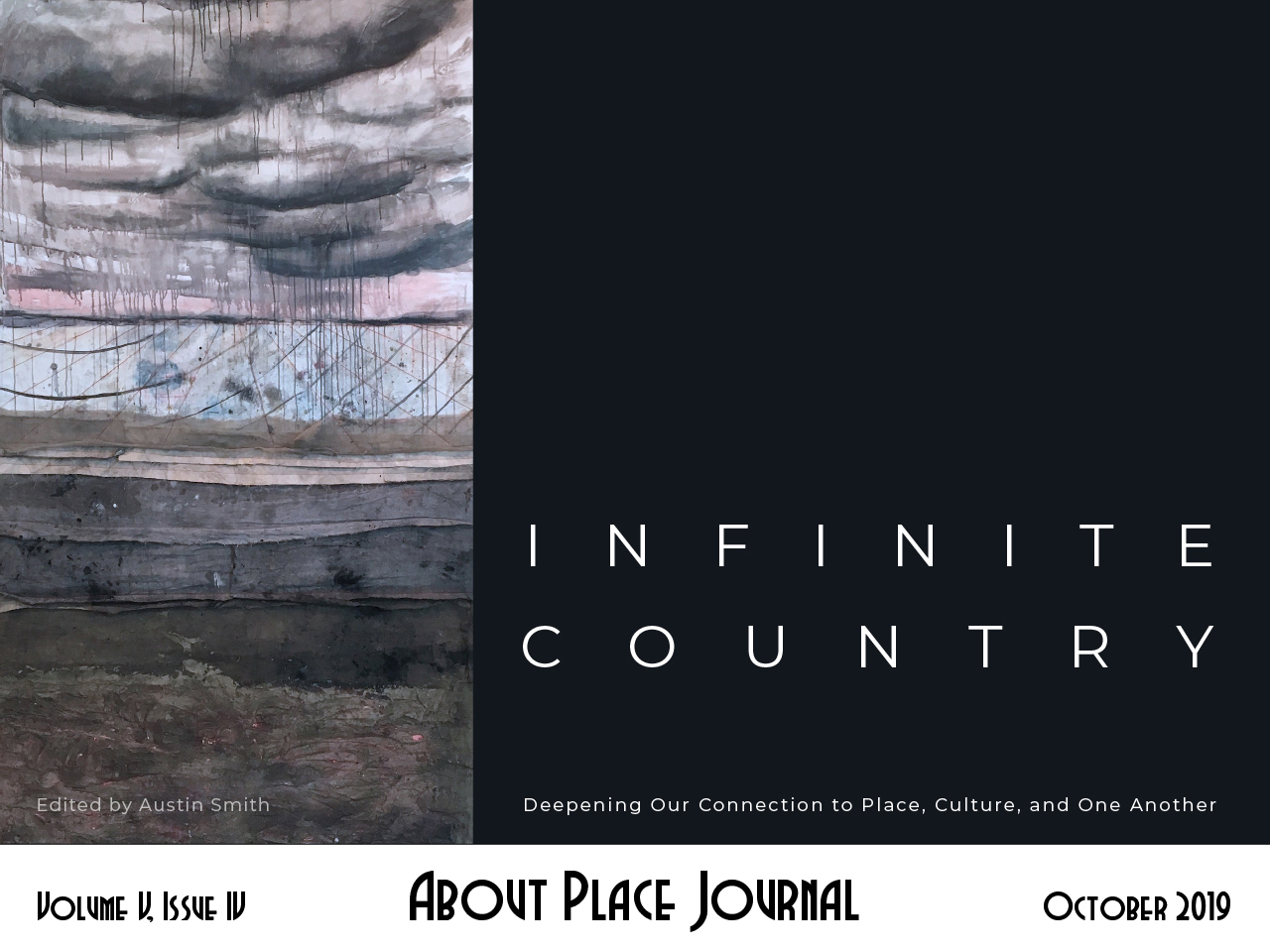An excerpt from the essay “Secession”
It was the fall of 2014, and we were sick of being Midwesterners. A buzz was in the air because the word “North” was on our tongues. It was on our heads, too: all over Minneapolis and Saint Paul I’d been spotting pom-pommed winter hats with the word NORTH knitted across the front. A new regional label was settling in the minds of Minnesotans like a fresh coat of snow.
For months, newspapers and blogs and social media simmered over whether Minnesota was sufficiently different from the rest of the Midwest to warrant a different name. In a poll taken that November, seventy-five percent of Star Tribune readers said they agreed that Midwest doesn’t fit, perhaps never fit.
I had always stuck with the term Midwest because there was no alternative, but it carried a risk of insignificance or, at the very least, imprecision. I remember trying to tell a British coworker that I was from the “upper Midwest.” He tried to follow along on an imaginary map of the U.S. projected into the air in front of him—up, middle, west—but he gave up and started a mime-trapped-in-a-box routine instead.
“I have no effing clue where that is,” he said.
“Close to Canada,” I revised, but wondered if that was disingenuous. Or amounted to bragging. Though I’d never been there, Canada was my political northern star.
The term North gave shape to a feeling I’ve had for a long time. Maybe it was selective, but I felt more defined by cold weather and canoes and woods than I did by farms and flatness. North meant we didn’t have to merely feel special about our micro-region anymore; we could prove that specialness. It all culminated in November when the Walker Arts Center held a panel called “The Past, Present, and Future of Minnesota’s Identity.” It sold out.
My friend and I claimed seats in the back of the theater and scanned the crowd, which bustled with young professionals, older couples, Patagonia coats, and rebellion. Something was about to spark, even if it was just static electricity from all our layers. We were plotting to take control of our regional destiny. We wanted a cultural secession from all those solidly Midwestern states, the ones that sat squarely on the plains. And the regional revolution was in capable hands: ours, obviously, and the panelists, including a CNN correspondent slash Minnesota native who flew in from New York, a marketing exec for a heritage brand of woolen blankets, and three other professionals who straddled spheres of design and advertising.
“We’re the North. The way the South, the West, and the East exist. So it’s more geographically honest,” said the dean of U of M’s college of design. I loved the feel of the phrase geographically honest. But even I had to admit that our country was in no way divided into easy quadrants. What of the Southwest? The Pacific Northwest? The Mid-Atlantic? We weren’t the only ones without a pure cardinal direction. So why did we want it so badly?
One audience member got hung up on logistics. “They’re never gonna… on Wikipedia, they’re never going to redraw… the lines and stuff,” she said into the mic.
The panelists’ hands flew up like startled birds, gesturing to themselves, to her, to all of us.
“We can do that!” said the dean.
“We can all do that!” said the CNN anchor.
“Go home tonight,” said the dean, the revolutionary. “Tonight! A new entry on Wikipedia.”
—
The St. Croix River joins up with the Mississippi and negotiates a jagged border between Wisconsin and Minnesota, my childhood and adult homes, respectively. I can’t look at Minnesota’s eastern border without seeing the ghost of Wisconsin’s face pushing into it.
I once saw an illustrated greeting card that showed a spaghetti-armed Minnesota hugging a spaghetti-armed Wisconsin. Minnesota looked like a big brother: taller, more self-possessed, like it’s able to reach higher.
The goodness of Minnesota has been a featured subject in national publications over the past fifty years. Inside the iconic red border of TIME magazine, August 1973, a flannel-clad Minnesota Governor Anderson dangles an 18-inch northern pike. In the article itself, titled “Minnesota: A State That Works,” the imagery verges on Norman Rockwell: “Barefoot children… race their wagons down gently sloping sidewalks…” TIME portrays the state’s career landscape in much the same way as its neighborhoods. Minnesota’s Scandinavian background makes for a “high civic tradition,” meaning companies tend to tackle social concerns alongside other goals, and that people consider the governmental process “a superior instrument of the people’s will.” The article then turns intuitively from the halls of government to the treetops, reporting that, sometimes, “a bald eagle is spotted atop an enormous pine.” The natural world, the business world, and the government were all in egalitarian lockstep.
Reflecting back on the article forty years later, one interviewee says TIME magazine “put a nice ribbon around [Minnesota] and deliver[ed] it to the whole country.”
The editor-in-chief of TIME magazine was from Minnesota.
—
When we lived in Saint Paul, virtuous was one of our next-door neighbor’s favorite words. Mindy would twirl in her denim jumper and tell me she felt virtuous after starting a little flower garden in the parking lot of Minnesota Public Radio.
I feel that pull toward northern virtue, too. I feel it in the rosy facts. For instance, Minnesota was one of the first states to outlaw housing discrimination based on race. And the self-assured blue that always fills the outline of our state on election night? It looks like pure goodness to me. It makes me want to stop digging deeper. It makes me think the work is done.
It’s the same feeling I got when I sat at my elementary school desk and felt warm to my core while learning about the Civil War because the North was synonymous with freedom. We learned about how people fleeing slavery followed a trail of clues and intuition toward the north. They checked for moss on the north sides of trees. In summer, they followed migrating birds. We learned a song called “Follow the Drinking Gourd,” which referred to the Big Dipper and within that constellation, the north star.
I allowed myself to feel innocent because slavery (I assumed) hadn’t crept north of the Mason Dixon line, which (I assumed) was hundreds of miles south of my hometown. I padded myself from those horrors in both time and space. Instead of reckoning with the burden shared by humankind—white humans—I was busy absolving myself. This was not my history. My ancestors moved to Wisconsin from the Netherlands and Germany in the 1800s. Yet when I check the map now, I see that the Mason-Dixon Line doesn’t extend far enough west to create a clear barrier between the north and south I was imagining. It barely extends west of Pennsylvania. I feel something like vertigo, like the floor is missing.
Part of the appeal of rebranding was being able to assert what we weren’t. Both to others, and to ourselves. We weren’t Missouri. We weren’t Kentucky. I think we were clarifying more than our geography.
I wondered what we were defining ourselves against. We don’t align with the Midwest, the panelists kept saying. Or parts of it. Some panelists thought we could extend the label to northern Wisconsin and Michigan, maybe even scoop up a dollop of Dakota. But other areas were not up for debate. Like Missouri. Was it Midwestern? Southern? Either way, it was not invited to the north.
“Minnesota is definitely different from Missouri,” said the senior curator, who grew up there. I think he was contrasting our political values. Maybe even our climate.
Was he also—if subconsciously—speaking of the racism that left an 18-year-old man dead in the street three months earlier? Was he implying it could never happen here?
Before that night at the Walker, I had considered the rebranding effort to be “organic.” At the time, I didn’t know the movement stemmed from one man: Eric Dayton, the 37-year-old son of Governor Mark Dayton. I didn’t know he was the trim bearded man who introduced the panelists. I didn’t know he’d been featured in GQ magazine for this campaign, or that he had a history of aggressively tweeting at meteorologists. If our weather was unseasonably warm, and a meteorologist sounded pleased, he accused them of “borderline cheerleading for climate change.”
I didn’t know the Star Tribune had christened him “The King of Cold.” Under that headline, Eric holds a pane of ice in front of his face. It’s so clear, you can’t really see it. You only know it’s there because his bare hands grip the edges. It’s going to melt.


